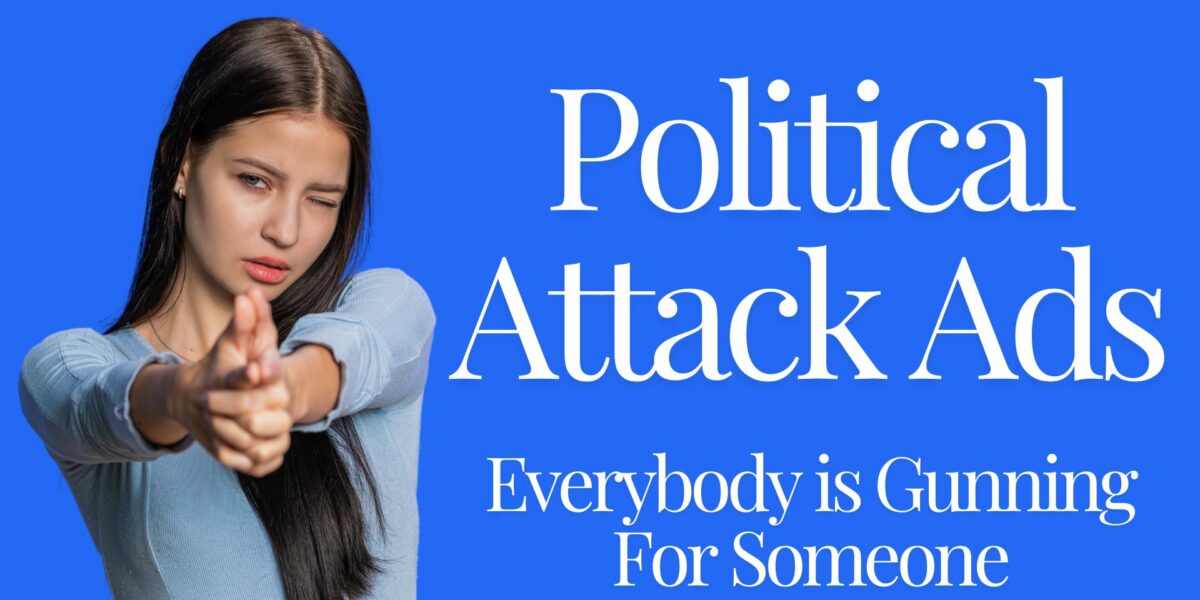Imagine you’ve come up with a social media or digital marketing idea that gets your company’s customers really engaged. Followers are liking and sharing your posts, and sales are surging. Suddenly, you’re a hero. The boss has you make a presentation to the board of directors.
Your presentation is sharp, you share the analytics that shows how well your idea has done. There’s a round of “well-done’s” and good cheer — and then someone asks: “What’s next?”
Your mind swirls, your palms sweat. You recall what a respected marketing guru told you long ago:
The only thing worse than having NO great ideas is having just ONE.
That’s because, after that one great idea, you’re on the spot to produce more of them. And as you probably know, coming up with “great” (or even “good”) ideas for social media and digital marketing — content that attracts and retains visitors and eventually turns them into customers — is very difficult. According to Zazzle Media, 60% of companies struggle to produce content consistently, and 65% find it a challenge to produce engaging content.
So, I want to use this column to help you generate some ideas for your social media and digital marketing. Let’s start with the basics: social media marketing and digital marketing are both venues for your marketing messages.
For any marketing message to be effective, it must STAND OUT
You want to get the attention of the viewer and get them focused on your message, instead of the thousands of others out there.
For example, posting a graphic that reads “Happy 4th of July” message on Independence Day probably won’t stand out. But posting a videotaped comment from a local veteran will.
CONNECTING with the audience is next, and equally important
How do you connect? Make sure your content is important and of interest to the viewer. If there’s an emotional hook you can legitimately use, the connection will be even stronger.
When you engage the viewer, you’ve got him or her hooked. Do this with questions, contests, events, and themes that make them want to share their own experiences, suggestions, ideas and dreams.
MOTIVATING ACTION is the next goal
That action can be signing up for an e-newsletter, asking for more information, giving an opinion, and/or eventually making a direct purchase.
Content ideas that can work with the right message include testimonials (both in print or on video), TV commercials and explainer or how-to videos.
One of the most successful how-to videos was produced by Blendtec. Their “Will It Blend?” videos on YouTube, which showed company officials trying to blend stuff like asphalt, made Blendtec famous and resulted in a 700% increase in sales over a three-year period.
At Farris Marketing, we used a Facebook campaign called “Where’s Manny?” to engage viewers and create awareness of WRTA bus routes in Mahoning County.
We used a mannequin dressed in a throwback WRTA bus driver uniform and named him Manny Quinn. We put him in various locations around the county where WRTA buses travel.
We took tight, medium and wide photos of Manny. Then we posted the tight shots and asked folks to guess his location. If they didn’t guess on the tight shot, we switched to the medium shots and so on. The first correct response won a $50 Visa card.
More ways to stand out
Other ways to stand out and connect include tying into state and national awareness days that might be relevant to your product or service.
Offering a few free useful tips or suggestions is a good way to give prospective customers an idea of what they might be able to get from you once they buy.
Listen, creating great content is never easy. But you can be prepared when the boss asks, “What’s next?”













Comment